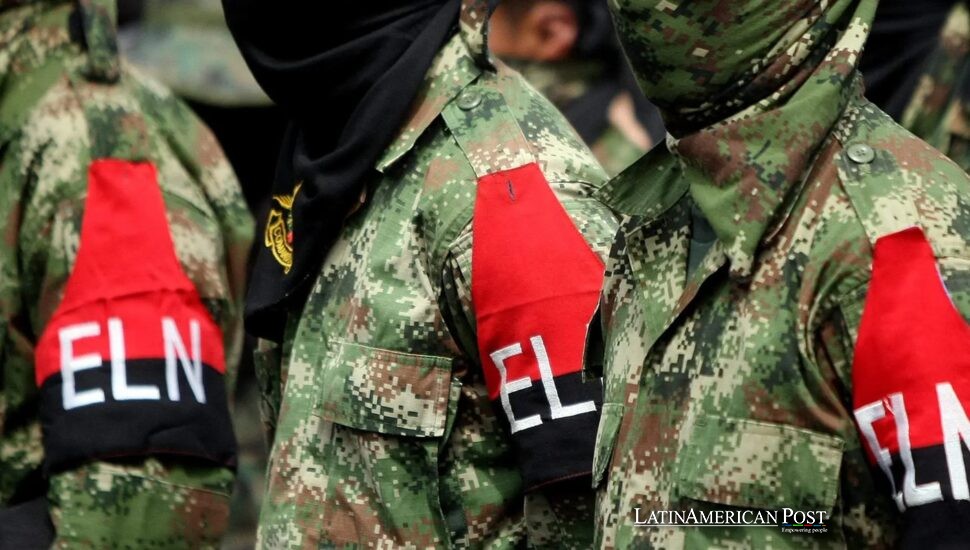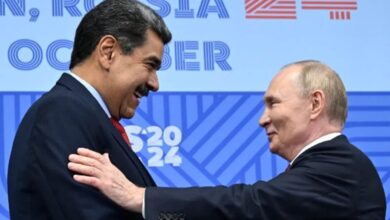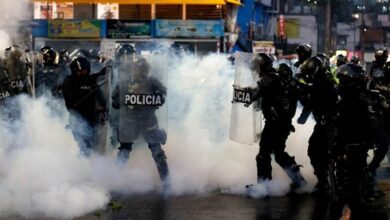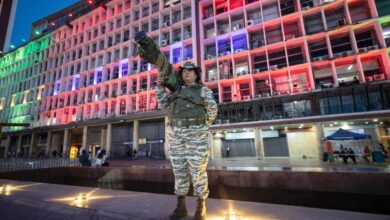Colombia’s ELN Declines Peace: Tensions, War, and Uncertainty

In Colombia, extended strain surfaced again. The ELN guerrilla group refuses any peace agreement with President Gustavo Petro. A much-publicized “total peace” initiative remains uncertain for the government, especially in Catatumbo. Conflict intensifies in this region.
Why the ELN Is Walking Away
With a banner of “total peace,” Gustavo Petro desired agreements with armed groups within that nation—a solution to prolonged violence seemed possible. Yet, in an interview from the remote jungles of Catatumbo, senior ELN commanders—using aliases such as “Ricardo” and “Silvana Guerrero”—announced they see no path forward with the current government.
The commanders highlighted instances when the trust was broken alongside feelings of discontent. In their perspective, the concept of “total peace” transformed into “total war” – the government undertook military actions plus announced intentions to start attacks in specific areas. The ELN feels particularly unhappy about the government’s strategy for ongoing battles, including suspected slayings of people formerly party to peace agreements but presently charged with taking up arms again.
Before August 2026, President Petro left office, but ELN leaders stated that a comprehensive peace treaty conclusion within that timeframe was impossible. Though the group once believed Petro’s administration might be open to fresh dialogue—particularly after peace negotiations were relaunched in 2022—they now insist the government has shown little alignment with the aspirations that initially garnered him electoral support. They call the president’s sincerity into question, claiming he contradicts the platform that brought him to power. Commanders suggest Petro “seek psychiatric help.” This reveals the deterioration of relations between the government and the ELN.
This direct language indicates a change in the ELN’s attitude. They participated in negotiations in the past, and some of their representatives joined official talks under prior governments. Now, they dismiss the entire peace effort as an utter failure. Their refusal to consider a deal with Petro underlines how swiftly government-guerrilla dynamics can shift in Colombia. Elected leaders often propose sweeping initiatives to reduce violence—only to become entangled in local power struggles, historical enmities, and overlapping territorial disputes that overshadow attempts at compromise.
Conflict Erupts in Catatumbo
An area of forests and mountains along with border passages with Venezuela presents an example of Colombia’s violence. Coca fields exist here – it attracts armed groups. These groups attempt to control illicit economies. The ELN’s presence there is matched by the re-emergence of dissident FARC factions, notably the so-called “Frente 33,” which has broken from previous peace accords and rearmed.
In January, Petro’s administration halted ongoing peace discussions with the ELN in response to escalating hostilities in Catatumbo. Officials accused ELN fighters of committing war crimes after a series of attacks left dozens dead and forced entire communities to flee. Thousands of people have since been displaced. The ELN asserts many targeted individuals restarted armed actions. These people belonged to the demobilized FARC previously. The exchange highlights complexity locally – civilians confront charges and reprisal often.
In their view, Petro’s decisions escalated stress within Catatumbo. “Ricardo” and “Silvana Guerrero” offer this assessment. Rather than seeing the president as a potential ally or negotiator, they paint him as someone aligning with government forces to uproot guerrilla influence systematically. They allege that Catatumbo communities suffer because of these offensives, which they believe are intended to impose resource extraction, agro-industrial projects, or foreign corporate interests on local territory.
The bitterness is such that the ELN now vows to continue fighting “until they’re all removed,” referencing both government troops and dissident FARC elements. In a region that has long endured cyclical violence—spanning paramilitary incursions, state-led crackdowns, and rival insurgent feuds—yet another escalation could prove devastating for local populations. Coca cultivation, along with oil pipelines, spurred enduring conflict within Catatumbo. This circumstance turned the region into a lucrative battleground. Illegal groups profited. ELN communicated that it would not concede. Prospects for peaceful negotiation seem dim there, and the future is uncertain.
Implications for Colombia’s Future
Events impact Colombia’s peace future. The “Total peace” policy by Petro seeks the incorporation of fronts plus complete frameworks – an agreement with FARC existed – to target diverse armed participants nationwide. The ELN’s denial presents problems for the plan. If the country’s second-largest guerrilla group refuses meaningful talks, large portions of rural Colombia will remain conflict-ridden, with ordinary citizens bearing the brunt of the violence.
The breakdown highlights long-standing obstacles. Splinter groups, internal power struggles, and the nature of narcotics-driven economics have typically undone peace deals in Colombia. In Catatumbo, factions struggle for control. Social programs and infrastructure development face limitations because of security issues, leaving many communities without sufficient institutional support. Governance absence causes distrust plus cynicism and impedes agreements.
From the conflict, ELN pronouncements indicate established doubt concerning government intentions to transform inequalities. Their expressions suggest anti-establishment ideas exist among guerrilla members despite national improvements. The group voices frustrations regarding resource exploitation and local autonomy, in addition to unfulfilled promises—grievances persist across administrations.
For Gustavo Petro, once heralded as a president with the credibility and background to negotiate effectively, the ELN’s decision underscores how quickly political capital can erode. He faces the delicate task of either re-opening channels for dialogue—at the risk of appearing to placate a group publicly rebuking him—or intensifying security measures, which might deepen wariness among those who viewed him as a pragmatic reformer. If the conflict worsens, critics will inevitably question the feasibility of peace policies. Advocates might view these failures as elements of a challenging, essential effort toward a later state without rebel aggression.
Petro’s leadership continues for three years. The administration and ELN each have opportunities to alter course. A strong stance from the rebels foreshadows difficulty ahead—settlements in Catatumbo and elsewhere confront constant clashes, frequent displacement, and a stronger combat force. This force benefits from area concerns and local dissension.
Also Read: Mysterious Vanishings Haunt the Caribbean Island of Antigua
For Colombia, the route forward is uncertain. Many sought nationwide unity, but the ELN’s declaration of “total war ” reveals hurdles. Whether the government can salvage any dialogue or avert a deeper crisis may well define the Petro presidency—and, quite possibly, the next chapter in Colombia’s perpetual search for peace.





